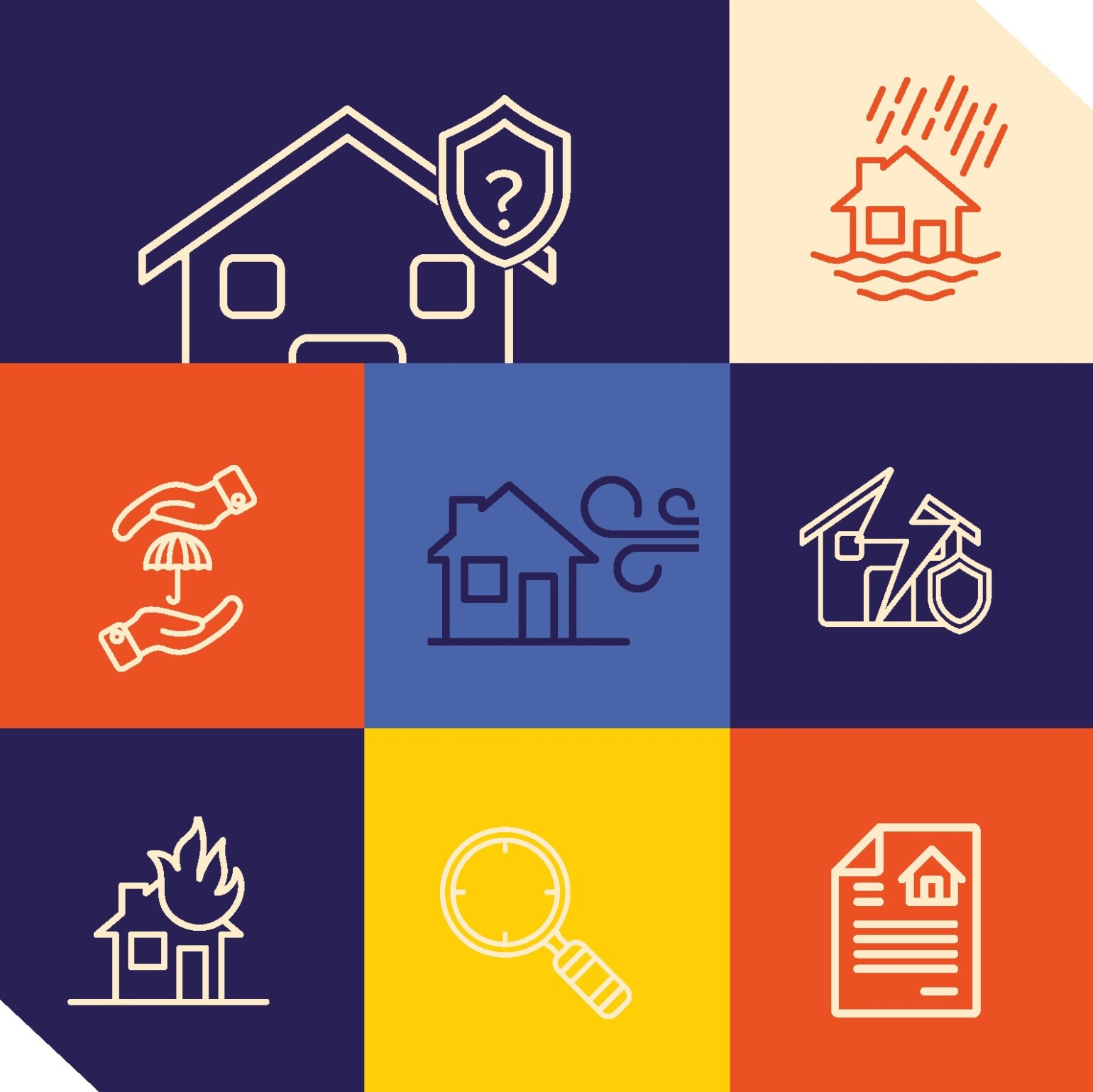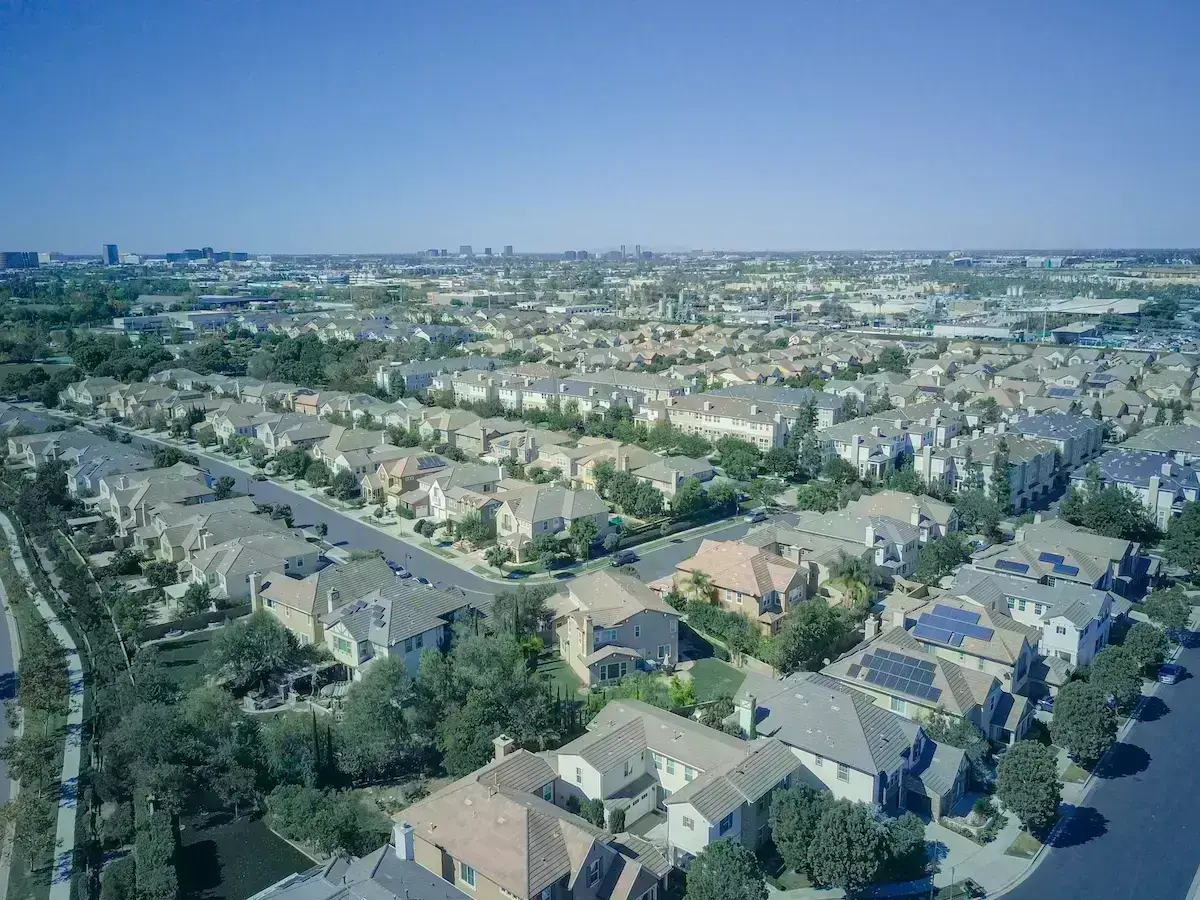When first-time buyers James Kelley and his fiancee put in an offer on a cool house in a great San Rafael neighborhood, they faced the expected worries, like negotiating the price and securing a mortgage.
What they didn’t anticipate was that the most challenging part of the transaction would be securing homeowners insurance, a hurdle that stretched their closing period to two months and required thousands of dollars of work on the property.
But in the past two years, Marin home buyers and longtime owners alike have learned — often painfully — about what Amy Bach, executive director of the nonprofit United Policyholders, calls an “unprecedented crisis” in homeowners’ insurance. Trouble started brewing years ago, as record wildfire losses and other factors combined to drive insurers to think hard about covering California houses. Things came to a head in 2022 and 2023, when Allstate and then State Farm stopped writing new policies in the state altogether.
“For anybody in Marin or in the Bay Area, frankly, to find home insurance now is really a struggle,” says broker Scott Johnson, founder of Mill Valley’s Marindependent Insurance Services. “It’s a nightmare.”
New policies are harder to get and more expensive
For some would-be buyers, it’s the location that makes a house hard to insure. Wooded lots on steep slopes — basically what people think of when they think of Marin living — have never been insurer favorites. And with the drumbeat of catastrophic fires in California in recent years, it’s no surprise that insurers have become more leery than ever of such properties.
“I was (recently) representing buyers in San Rafael of a hillside home with a lot of trees around it. There was quite a scramble to find a way to get them insured,” says Greenbrae real estate agent Thomas Henthorne
But location isn’t the only issue insurers are balking at. For Kelley’s new house, the problem was outdated knob and tube wiring.
Because the companies remaining in California’s market have become much more particular, properties that once would have been covered without a second look are suddenly nearly uninsurable.
Fortunately, the home’s seller agreed to rewire the house, making it possible for the couple to get coverage. Even then, it wasn’t the type of policy they might have acquired a few years ago. It was with a company they’d never heard of, and at a rate — more than $5,000 a year — well over what the seller had been paying.
“It was a big learning experience for us,” Kelley says. For other buyers, “I would recommend you work with a real estate agent who knows the insurance market. And having an insurance broker definitely helped.” Kelley worked with Johnson to get the policy they eventually bought.
Acquiring insurance coverage has moved way up on home buyers’ to-do lists, agent Henthorne says. In fact, he now has buyers get an insurance quote before writing an offer.
“Because there could be an instance where the offer gets accepted, and then they look into insurance and find out that either they can’t get it or it’s too expensive,” Henthorne says.

Non-renewals
Other Marin residents learn about the insurance crisis from an unwelcome letter in the mail, informing them that their current insurer will no longer cover their home. While area brokers used to spend much of their time helping customers shop around for better rates, now they’re inundated with calls about non-renewals.
“I have seen non-renewals in Marin Country from Travelers, AAA, Safeco, AmGUARD, Nationwide — the list is long,” says Stephanie Cannell, owner of Mill Valley’s Cannell Insurance Group.
Nonrenewal might happen simply because your insurance company is cutting its exposure to California’s risks, or it could be because your house no longer meets a company’s new, more stringent standards.
Once you get dropped by your insurance company, you’ll probably be able to get a new policy, but not at the same price you were paying. Most people in this situation — and many new homebuyers in Marin — are no longer able to get covered by the big-name companies, whose rates are regulated by the state of California. Instead, they turn to “non-admitted” or “surplus lines” carriers, whose rates are not regulated.
“It’s a super big shock when you go from a $1,500 policy to a $10,000 policy,” Cannell warns. Price aside, Cannell says, consumers shouldn’t worry about signing on with a non-admitted insurer, which can be great companies. She advises buyers to research any insurance carrier through credit rating agency AM Best, and stick to those with an A- or better rating.
In some cases, homeowners who get dropped might not be able to get a policy even from a non-admitted carrier. Then they must turn to the insurer of last resort: The California FAIR plan. Because FAIR only provides basic fire coverage, customers must combine it with a supplemental plan to cover theft, liability, etc.
But getting signed up for FAIR coverage also isn’t easy right now, due to high demand and other challenges.
“We need to go through the CFPnet.com website, and it’s broken,” Johnson says, noting that it takes up to six weeks to get a quote. In that time, home buyers can lose their locked-in mortgage rate or have to extend closing.
Advice for avoiding a nonrenewal runs the gamut of being a really good customer, from bundling your car insurance with your home policy, to hardening your property against fire, to avoiding filing small claims. But there’s no guarantee that any of this will work to prevent the dreaded non-renew letter.
And that can make it hard to motivate homeowners to reduce risk, acknowledges United Policyholders’ Bach.
“One of the biggest impediments to getting people to do all that painful work of removing beloved trees and destroying expensive landscaping, is: Why bother if I’m going to get dropped anyway?” she says. Of course, creating defensible space around your property isn’t just good for insurance; it could also help your home — and the people in it — survive a wildfire.
One thing agents are sure of: Now is not the time to shop around for a better policy, even if (and when) you get hit with a rate increase.
“If you have an admitted insurer, just keep it,” Johnson advises.
The risk of shopping around, explained Johnson in a recent blog post, is that starting a new insurance policy typically involves an inspection — which could turn up an issue that leads to the new company not to insure you after all.
“Insurance inspections have become more difficult to pass. Therefore you could purchase a new insurance policy, fail the inspection, and then have no property insurance,” Johnson wrote.
Even Bach, who for years advocated pushing for the best rate, “reluctantly” agrees that now isn’t the time.
“We had to start saying, stay off their radar if you can,” Bach says.
Why is this happening?
Experts say that the expensive wildfires of recent years aren’t the only reason it’s gotten so hard to get and keep homeowners insurance in Marin.
According to United Policyholders, other factors include:
- Expectations for increasingly intense storms due to climate change.
- Technology advances, from aerial drone photos of properties to risk-estimating algorithms.
- Inflation in building costs.
- High reinsurance rates (the insurance policies that insurers buy to cover catastrophic levels of risk).
Some of these problems could improve in the next year or so, potentially easing the situation for California homeowners. For instance, Bach says, “We are making tremendous progress in wildfire risk reduction, and Marin is leading the charge.”
There’s also hope that the state government could improve the situation by striking deals with mainstream insurers to get them back to writing more policies in California. Insurance Commissioner Ricardo Lara is working on that.
Will things ever get back to normal?
“Climate change is here to stay and along with it, increased catastrophic risk. I don’t think we’re ever going back to home insurance premiums in California that are close to $1,000 a year,” Bach says. That said, she’s hopeful we could return to a place where homeowners aren’t scrambling for coverage.
“I have every confidence that this is going to get fixed,” she says.
What to do if you lose your insurance coverage
- Appeal. Ask your local fire department for a risk assessment that might help you show that you’ve done your part to protect your property from wildfires.
- Start shopping for a new policy right away. Insurers must give you a 75-day notice that your policy won’t be renewed. It might take you every day of that period to find a replacement policy.
- Call a broker. Insurance professionals are well aware of the crisis situation and can help you navigate the new world of non-admitted insurers and other options.
For more advice on how to respond to the dreaded non-renew letter, check out United Policyholders tip sheet at: https://uphelp.org/buying-tips/dropped-by-your-insurer-where-to-go-for-help-in-california/


